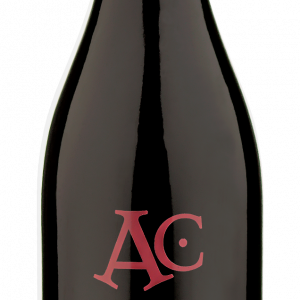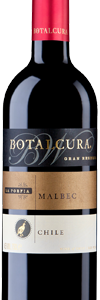This AltaCima 4.090 Gewürztraminer as other wines of the company holds on the label the altitude expressed in meters above sea level of one of the famous picks of the Andes Mountain Range. AltaCima winemaking team has considered a number of key factors to produce a high quality wine. Amongst them the effects of climate, soil, and cultivar are highly significant with regard to vine behaviour and berry composition (an example being anthocyanins concentration), therefore the harvest is of great importance to reach a harmonic winemaking process which finally delivers a fine wine. Amongst one of the most important points in the creation of the wine is the determination of the precise moment of the harvest of the grapes that will give life to the wine. In the vineyards our winemakers taste the grapes and decide when the tannins have been abandon their green, vegetal, astringent state to transform themselves into silky, enveloped and appetising tannins. The grapes clusters are cut by hand by trained people to ensure that only the grapes that achieve the chosen ripen point reach the winemaking process. At AltaCima all the estate vineyards surround the winery, then maximum distance of harvested grapes transport is 1.5 km. Low speed and 15 kg shallow cases are used all the way to the winery to preserve their integrity.
The terroir of muddy and clayey soil, rich in volcanic ashes is located in the mouth of the transversal valley (from the Andes to the coast) of the Lontué River. 200 km south of Santiago, 110 km from the Pacific Ocean and 65 km from the Andes mountain range. The age of the plants and the absence of irrigation results in a balanced vineyard, so that during the fruit ripening period the plants are not growing. Therefore, the grapes benefit from all the photosynthesis of the leaves and no energetic expenditure is lost in the generation of new buds. Two months before the vintage the production of the vineyard is moderated (a green harvest) and the finest bunches are preserved, so that in the last 8 weeks the totality of the foliage concentrates in benefiting the remaining bunches. The southerly wind moderates the temperatures in this part of the Curicó valley, creating a particular micro-terroir. During the vegetative growing period the days are warm but not torrid, not exceeding 32°C and the nights are cold, generally between 12°C and 14°C. The lack of rain during the growing period of the vine, with an average relative humidity of 30-40 %, virtually eliminates the possibility of fungus. This 20°C temperature variation creates the perfect conditions to simultaneously obtain ripe fruit, conserve the alive and natural acidity with a moderate richness of alcohol and a round and silky evolution of the tannins.








